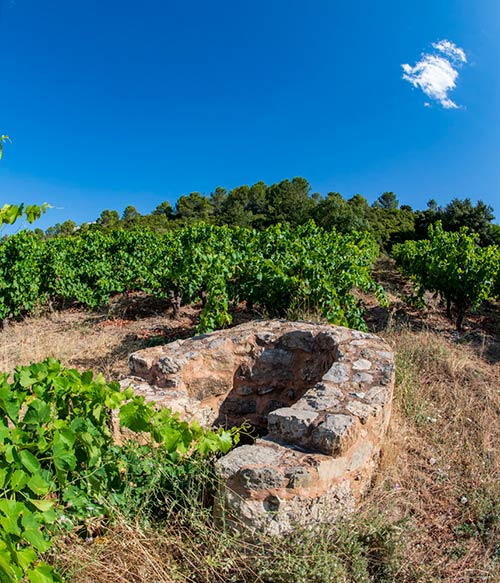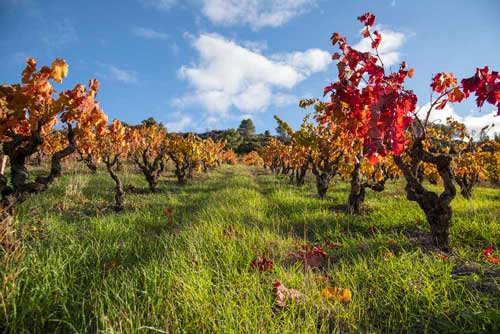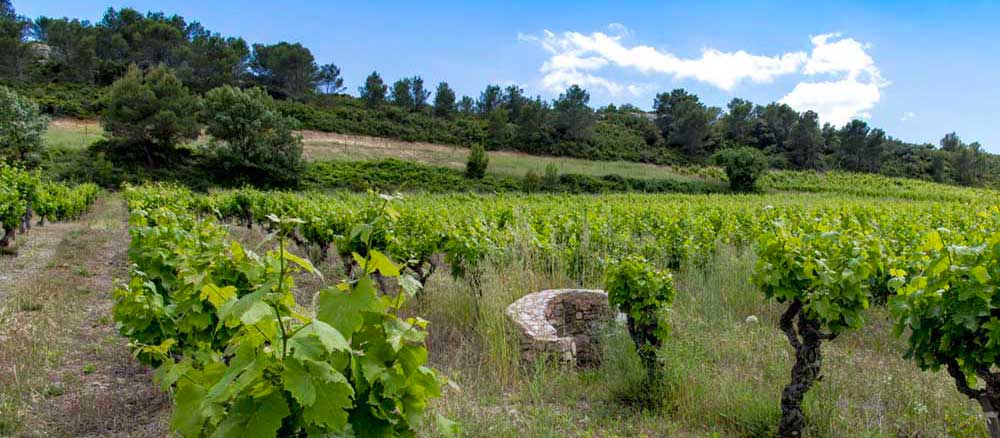Why is TERRES FALMET an outstanding vineyard site ?
The history of geology is the driving force behind this miracle.
First comes the aspect of the vines, grouped together on a magnificent north-facing hillside.
During the growing season, they bathe in beneficial sunlight from morning to evening – whilst basking in the sun’s rays, they never get burnt.
Then there is the nature and richness of the soil which contains stony limestone resting on several layers of clay. Rainwater is drained by the stones and then retained by the clay, creating a water table that comes to the surface on the hillside. This promotes natural irrigation deep underground where the roots seek out their primary source of nourishment.
Throughout the history of the world, plants have become established where they were able to find life and a propitious environment. On the hillside of Terres Falmet, the incredible heritage of this multi-millennium past is its soils rich in natural organic matter.
Vineyard sites in the South are typically subject to drought. Most of the vines suffer from excessive water stress, preventing the grapes from reaching peak ripeness, i. e. reaching phenolic ripeness (tannins, anthocyanins), which follows sugar ripeness.
This phenomenon prevents the lengthy soaking required to produce rounded, delicate wines.
The vineyards of Terres Falmet, however, boast all the prerequisite qualities for their grapes to reach the peak of ripeness, thereby favouring slow maceration.
And to cap off its qualities, the area is cooled and aired by the dry, cool Tramontane wind typical of the region.
This “domino effect” explains why Terres Falmet is an outstanding site for winegrowing: the subsoil promotes the presence of water, enabling thousands of generations of plants to enrich the soil, thereby accommodating such a fickle fruit as grapes, that will subsequently be transformed into wine.
Even the Bible can’t match this story!!!!!!!!



